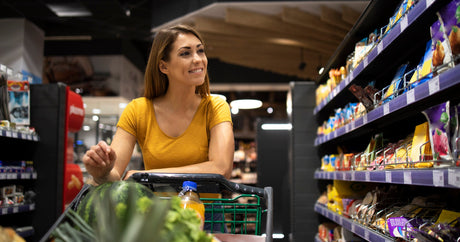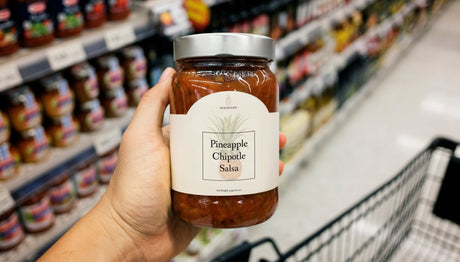Compostable takeout containers are becoming more popular among the gardening lovers who look for sustainable and eco-friendly options. But did you know these containers can also be used for gardening? Yes, they can double as biodegradable seed-starting containers! Let’s talk about why this is a great idea and how you can make it work in your own garden.
The biggest perk of using compostable containers is that they’re biodegradable. You can plant the whole container in the ground, and it will break down naturally, enriching the soil. This eliminates the need to remove the plant from the pot, often damaging the roots in the process. It makes transplanting super easy, helping the plant’s roots stay intact and reducing transplant shock.
Gardening can get expensive, especially when you need many pots for starting seeds. Using compostable takeout containers you already have is a great way to save money. It’s a cost-effective solution, especially for large gardening projects.
Every time you reuse a takeout container for seed starting, you’re keeping it out of the landfill. Given how much takeout food we consume, finding another use for these containers can make a big difference in reducing waste. These containers come in various shapes and sizes, making them versatile for different types of seeds and plants. Plus, they’re easy to find since many restaurants and food services are using them now.
To use these containers for seed starting, start by ensuring they’re clean and free of food residue. Poke a few holes in the bottom for drainage to prevent water from pooling and causing root rot. Use a light, well-draining seed-starting mix that provides necessary nutrients and helps retain moisture without becoming too heavy or compacted.
Compostable containers can be a bit flimsy, so place them on a stable surface. A tray or shallow box can hold multiple containers, keeping them upright and preventing spills. Keep an eye on moisture levels, as these containers might dry out faster than plastic pots. Water them more frequently, using a spray bottle to water gently without disturbing the seeds. Like any seed-starting project, your seeds will need plenty of light. Place the containers in a sunny window or under grow lights to ensure they get enough light for healthy growth.
Community gardens thrive on sustainability and resourcefulness. Using compostable takeout containers for seed starting fits perfectly with these values, offering a great way to educate people about recycling and gardening. In urban areas with limited space, these containers are a fantastic option. They’re compact, easy to move, and fit well on balconies, rooftops, or small gardens. Schools can use this method to teach kids about sustainability, gardening, and recycling, providing a hands-on learning experience that shows how everyday items can be repurposed for good.
For home gardeners, especially beginners, using compostable containers is an easy and affordable way to start seeds. It reduces the need for specialized equipment and makes gardening more accessible. However, be aware that compostable containers might start to break down before you’re ready to transplant. To avoid this, keep an eye on moisture levels and use sturdier containers for plants that take longer to grow.
Since these containers are organic, they might attract pests. Keep them clean and consider using organic pest control methods. Placing them indoors or in a greenhouse can help keep pests away. Not all compostable materials break down at the same rate, so choose containers made from materials like bagasse, which decompose more readily, to ensure they break down in sync with your planting schedule.
Using compostable takeout containers as seed-starting pots is a clever and sustainable way to reduce waste and save money. It benefits both your garden and the environment. Whether you’re part of a community garden, an urban gardener, involved in educational programs, or just gardening at home, this method makes your gardening experience more eco-friendly and enjoyable. So next time you get takeout in a compostable container, think twice before throwing it away—you might just have the perfect seed-starting pot on your hands!





